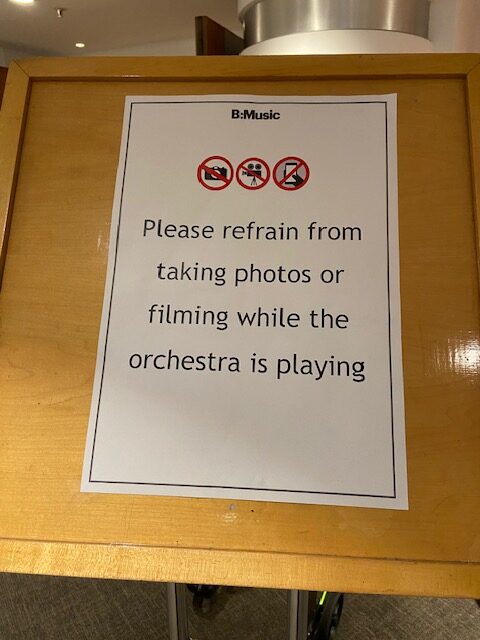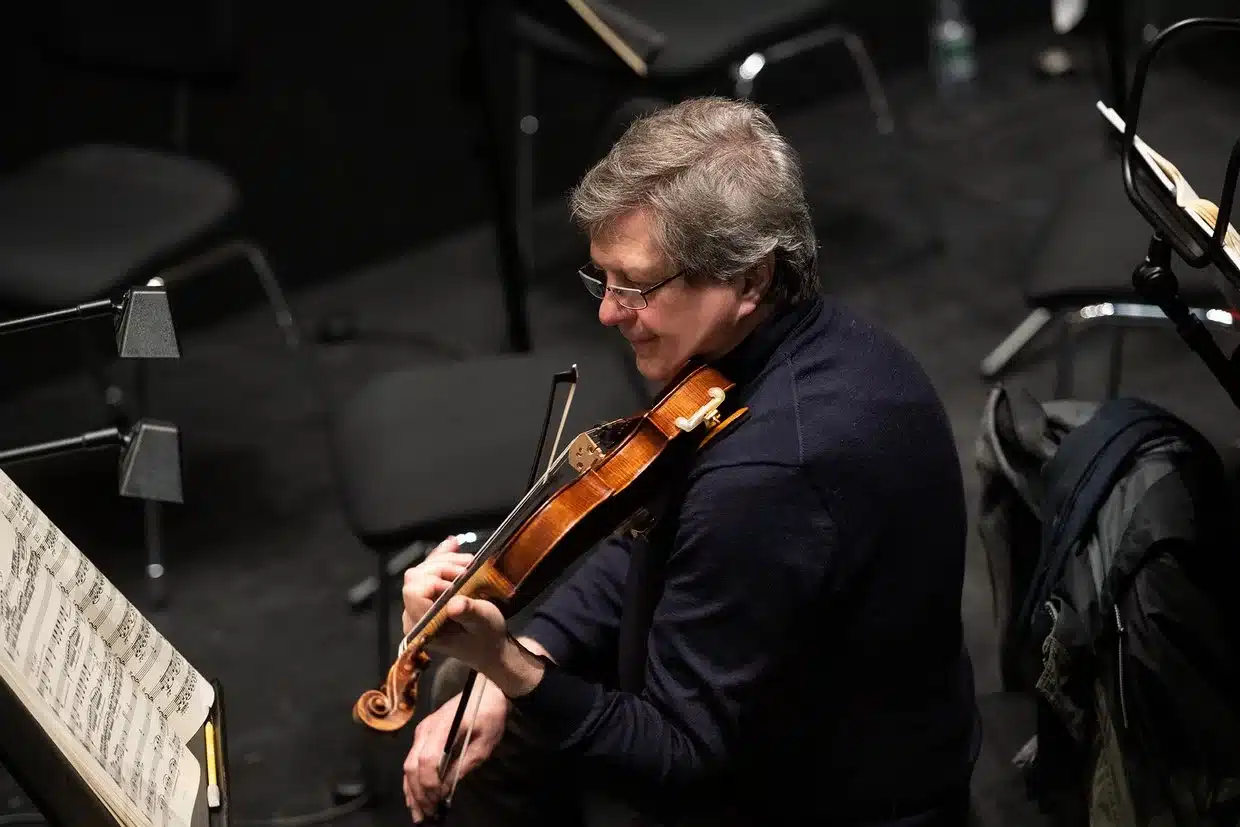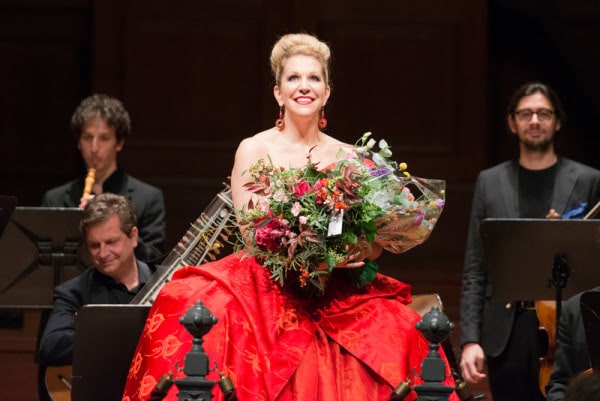Would you believe it? CAT scanner used to replicate perfect Stradivarius
mainThe Radiological Society of North America has been told that one of its key diagnostic tools, the high-tech CAT scanner, has been successfully used in the design of that elusive object, a premium Strad, the equivalent of which is worth $6 million and more.
Apparently, Minnesota radiologist Steven Sirr slipped his practice violin into the machine in between patients and was amazed to see the detail recorded. Over the next few years, he and a colleague repeated the experiment with hundreds of working fiddles until they finally dared to let the CAT loose on a borrowed Strad. With the data retrieved, they assisted a luthier in producing an exact, rich-sounding replica.
Here’s the triumphant report.
Just one cavil: how many patients were kept waiting – and how many refused scarce CAT scans altogether – while the consultants and physicians were playing at being medieval instrument makers?

And it’s not just happening in Minnesota. Here’s another recent report on the musical misuse of medical equipment. Ethics, anyone?





I feel the cavil is a tad unnecessary! For one thing, it’s not the NHS, so presumably no public resources were involved. I doubt if paying customers were kept waiting. And for another, it’s really interesting! Can I have a cello, please?
i’ll preface my comment with “i enjoy and appreciate reading your commentaries in the strad and elsewhere”. regarding this issue i have some experience as i’ve ct’d many instruments. i can say categorically that these scans are always off hours when the department is closed (with the exception of emergencies at which point i disappear) and the ct technicians or others present are staying after their normal work hours gratis. these people love their work helping others but it can be psychologically very rough; it’s great to see their smiles as they work with out of the ordinary items and they relish the rare opportunity to use their skills in a different setting whether it be scanning violins, mummies, birds, etc.. also, i usually pay for access to the scanner, either in the form of direct payment to the department or a contribution to the associated medical school. i’m sure there are others that wonder like you if patient care is being affected by these scans and i appreciate the opportunity to bring some light to this issue.
I can’t imagine that someone with a violin trots past a line of cancer patients and says “hold it you guys, I have something important to do”… I mean come on. I’m sure there are dedicated scanners of the bazillion scanners in this country that do things other than people.
Also, the information gained may not seem valuable at first glance, but who knows what advances can be made by scanning such artifacts as superbly made violins, or Japanese swords, or new plants that are discovered, or parts of bridges that failed due to mechanical stress? What if they figure out the reason that gives the Strad it’s sound is some physical property, that when applied to cardboard, could make it stronger with less use of paper and save millions of trees? You can’t predict where pure research will take you if you have a limited mind.
I’ve seen these cat scans and studied them. It’s amazing to see the difference between a Del Gesu and a Stradivari, and how this reflects their personality. Two very different personalities. It’s also amazing to see how they reflect the structure of the human body, and bel canto singing. When you say Ah, smile and let go of something and your whole body relaxes, resonating with this release; the matrix of this release is also to be found in the flow of vibrations in the graduations of these violins. The violin looks like a human body. The vital organs are in the same place (where’s the sound post, and the bridge?). That said, Del Gesu and Antonio both expressed themselves completely in their instruments, and they are completely different. I don’t know how someone is going to achieve this when they measure exactly everything another live warm breathing human being did (whether it’s yesterday, 300 years ago or 50,000), repeat that with high tech equipment and bypass making themselves vulnerable as the uniqueness they and only they can be.
Before anyone thinks I have access to some secret information. The cat scans I was referring to are like these http://www.bormanviolins.com/articles/StradArticle.pdf available online. There’s another html of Stradivari violins. which I can’t find right now.